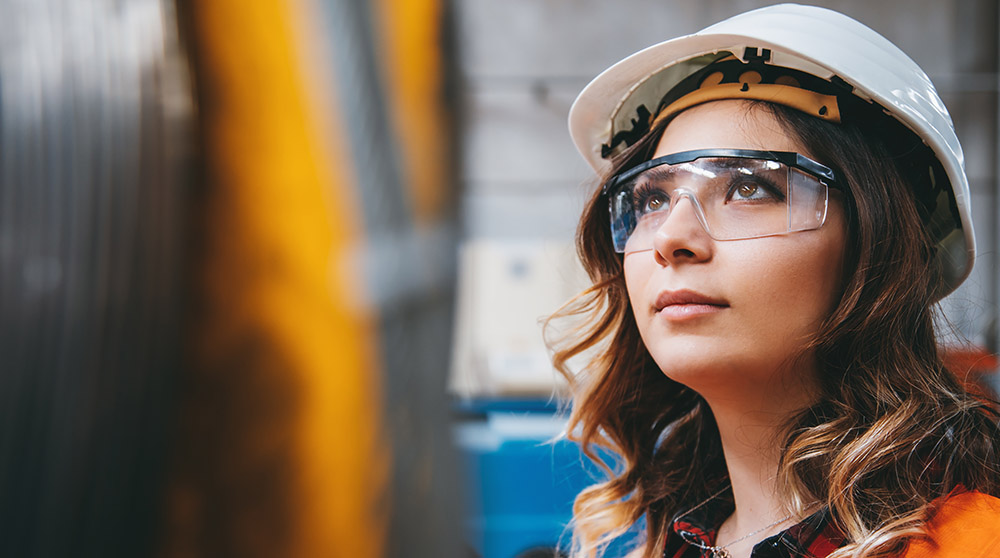Lockout/tagout is a safety procedure that protects workers from hazardous equipment by having the user secure off-limits items and materials before any maintenance or repair. This process is critical for maintaining a safe workplace, so it’s important to know how to properly carry out the steps involved in lockout tagout.
What is Lockout/Tagout and Why Do We Need It?
Lockout/Tagout is a safety procedure that prevents accidents and injuries when hazardous equipment is being serviced or repaired. In this process, any energy sources that can cause harm to workers must be identified and securely “locked out” with a physical device, such as a lock or padlock. Additionally, these devices must be labeled with tags to indicate why they are in use. If all lockout tagout steps are followed correctly, workers can stay safe around dangerous equipment.
Identify the Energy Sources to Be Locked Out
Before beginning any lockout/tagout procedure, it is important to identify the potential sources of hazardous energy. The most common sources are electrical, pneumatic, hydraulic, thermal and chemical energy. When identifying these sources, make sure to also consider any stored energy such as pressure that could be dangerous if released. Once all sources have been ascertained, they must each be locked (or blocked) out and tagged with a warning label.
Establish a Lockout/Tagout Procedure for Each Piece of Equipment
Once the sources of energy have been identified, it is important to develop a specific procedure for each piece of equipment. Key steps in a standard lockout/tagout procedure include isolating and de-energizing the equipment; physically preventing operation; and affixing appropriate warning labels. Additionally, lockout/tagout procedures should involve two parties – those authorized to implement the lockout/tagout (authorized personnel) and those directly affected by it (affected personnel). It is also essential that any procedures be communicated to all relevant personnel in order to ensure proper understanding and application.
Develop an Energy Control Program
An energy control program is a critical part of establishing a safe work environment. The intent of the program should be to ensure that workers can disconnect and isolate equipment from hazardous sources of energy and know how to work safely on or near such equipment. The program should include: (1) administrative requirements, such as training, permit systems, and rules for special circumstances; (2) procedures for system evaluation and equipment controls; and (3) a communication/enforcement strategy.
Enforce Lockout/Tagout Procedures with Visual Signage and Tags
Establishing and adhering to safety regulations through Lockout/Tagout procedures can be complicated. One of the best ways to ensure everyone is on the same page with these important safety requirements is to use visual signage and tags that indicate when a machine, equipment or material is secured. It’s important for workers to recognize the signs and tags promptly when entering workspaces, as well as following proper Lockout/Tagout procedures whenever they work near hazardous equipment.
Lockout/Tagout FAQS
How Much is a Lockout Kit?
The cost of a lockout kit will vary depending on the type and quality of tools included. Basic kits that include basic tools such as wedges, long-reach tools, and tension wrenches can cost anywhere from $15 to $50. More advanced kits including electrical disablers and pick sets can range anywhere from $50 to over $100.
How Long is Lockout/Tagout Training Good For?
Lockout/tagout training is typically valid for a period of three years. However, the duration may be extended in certain circumstances. This includes if new lockouts or tags have been added, new employees have joined the team, or changes to operational processes have occurred. Employers are also encouraged to review lockout/tagout procedures and training every year to ensure all safety protocols remain up-to-date.
When Was Lockout/Tagout Established?
Lockout/Tagout (LOTO) procedures were first established in the United States in 1982 when OSHA published the Control of Hazardous Energy Standard 29 CFR 1910.147. The standard was intended to protect workers from injuries caused by accidental activation of machines and other equipment during service, maintenance or repair activities.




